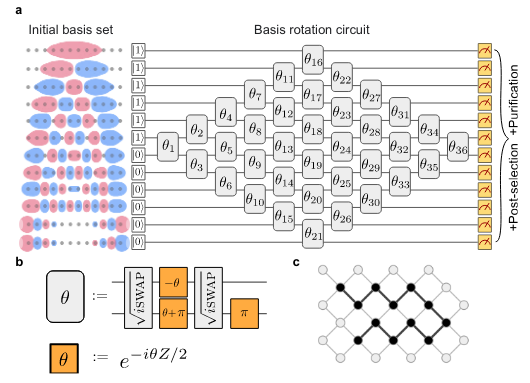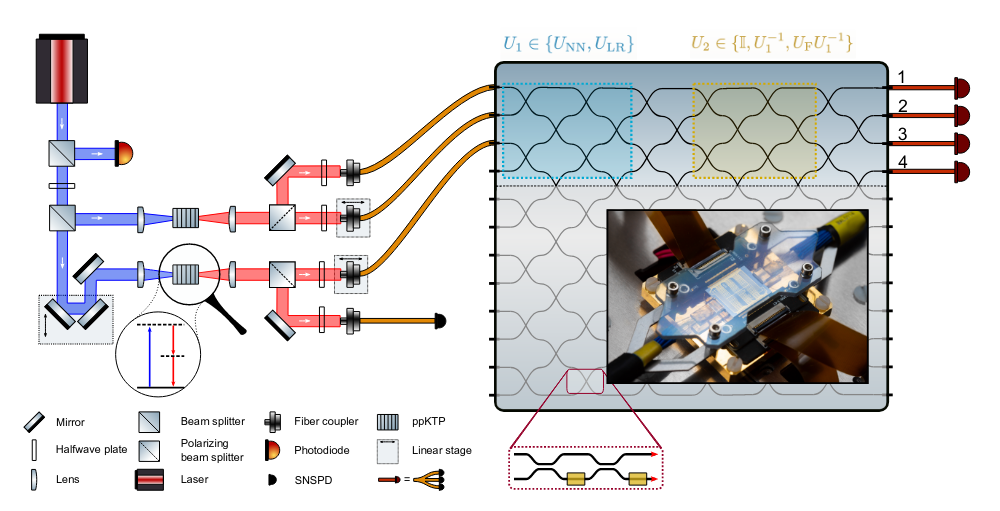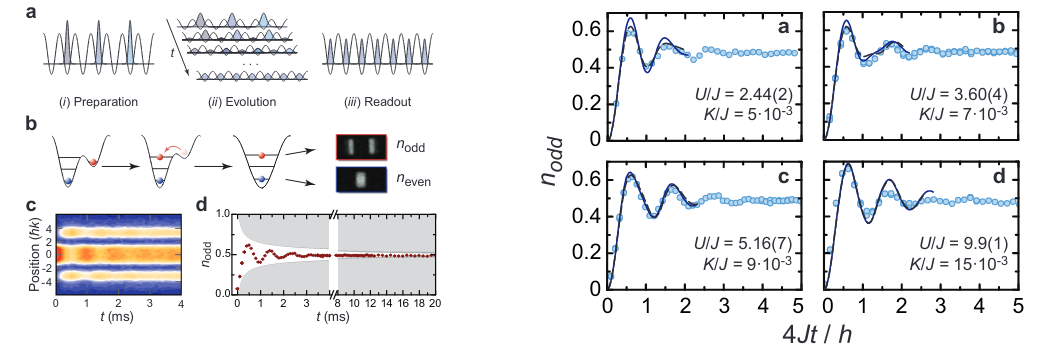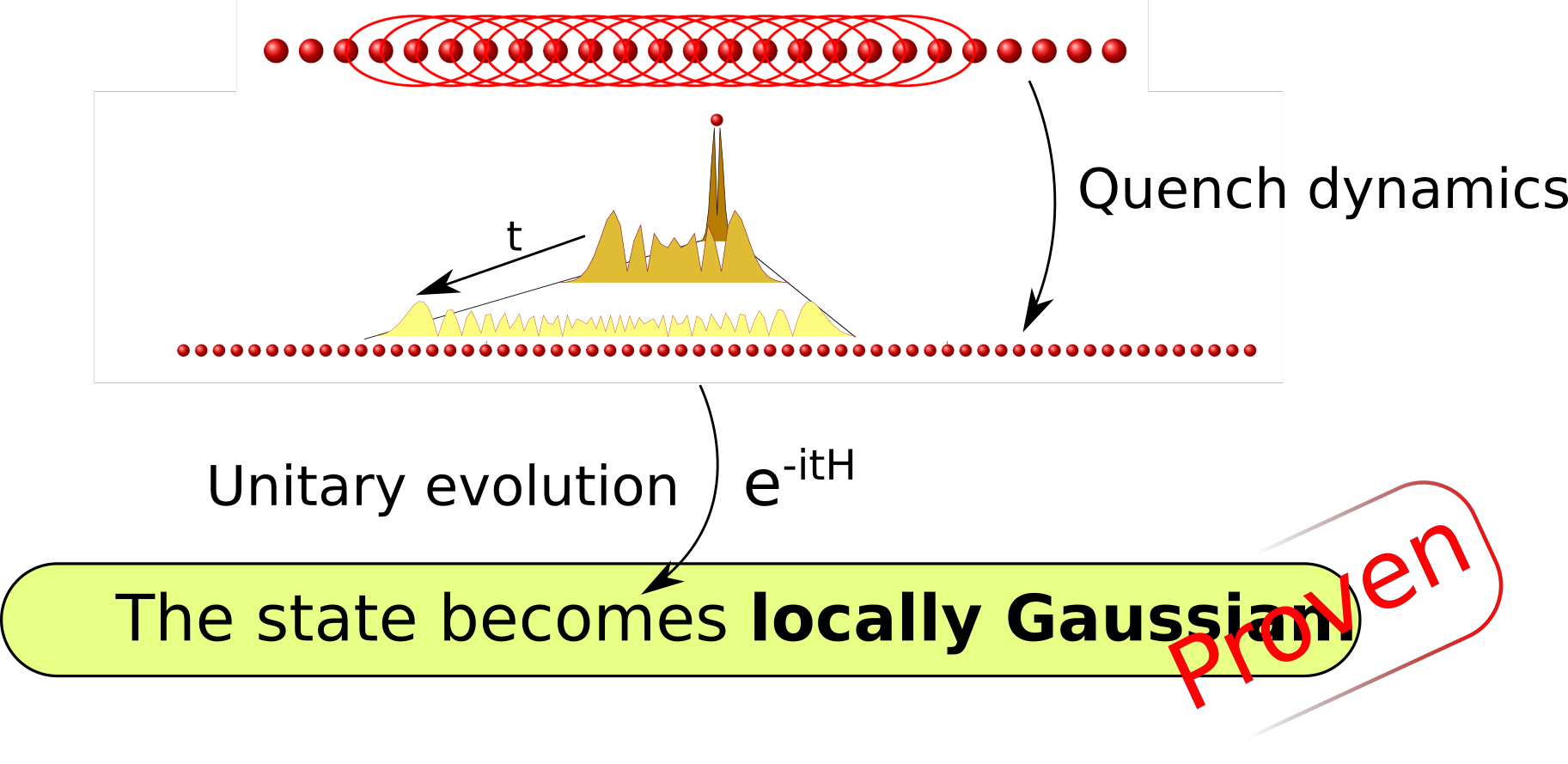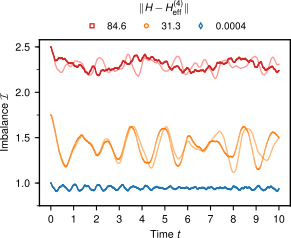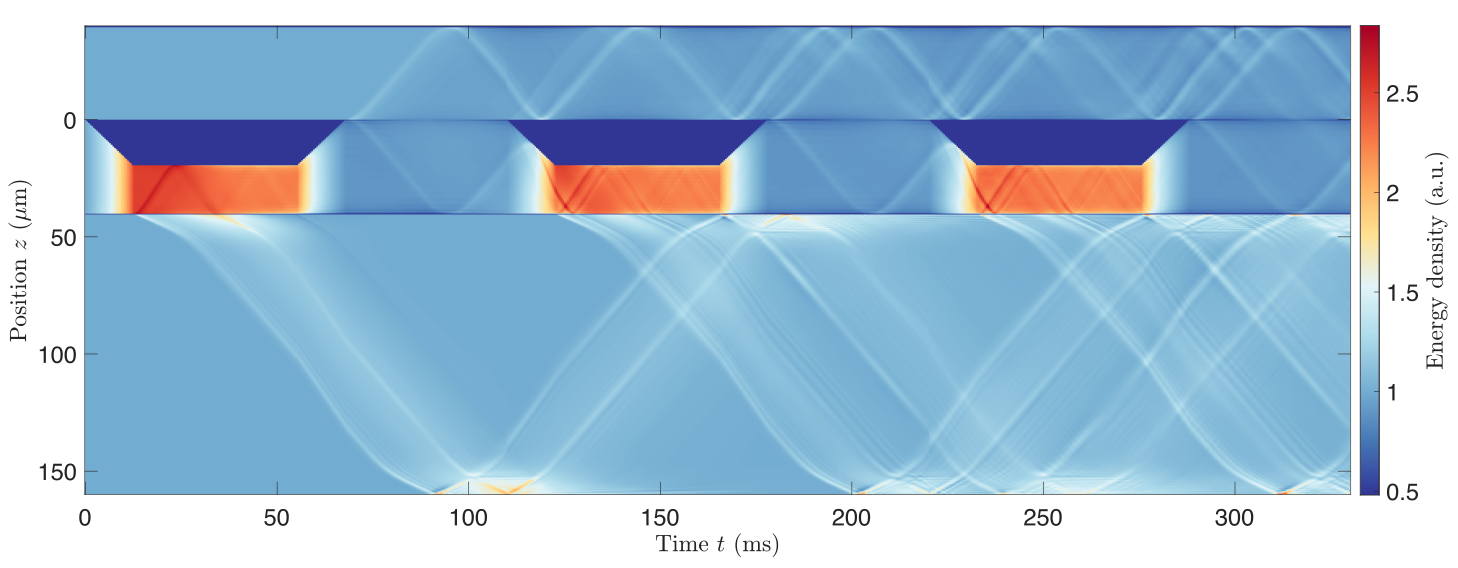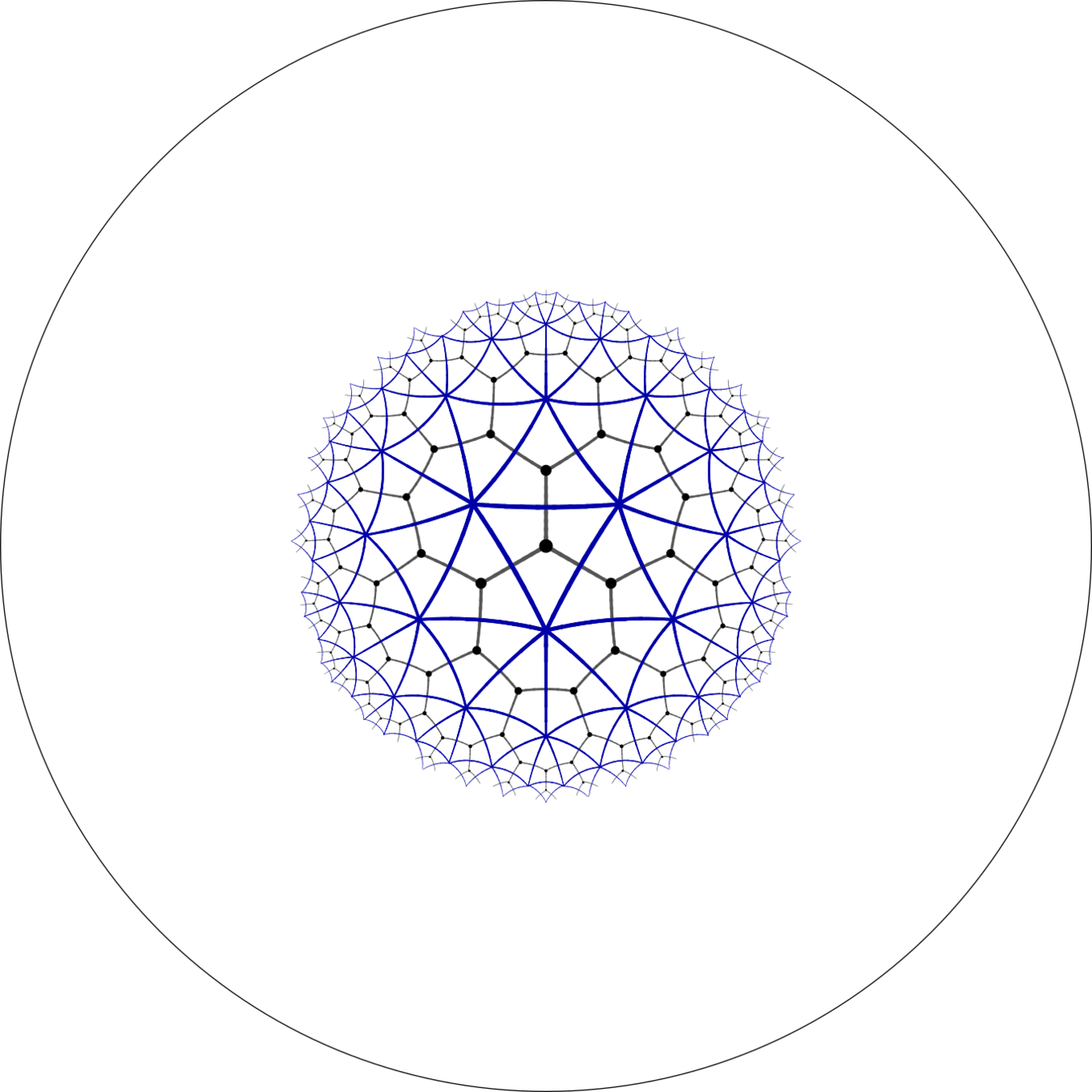Marek Gluza
NTU Singapore

Dynamical structure factor of Rydberg arrays via quantum simulation


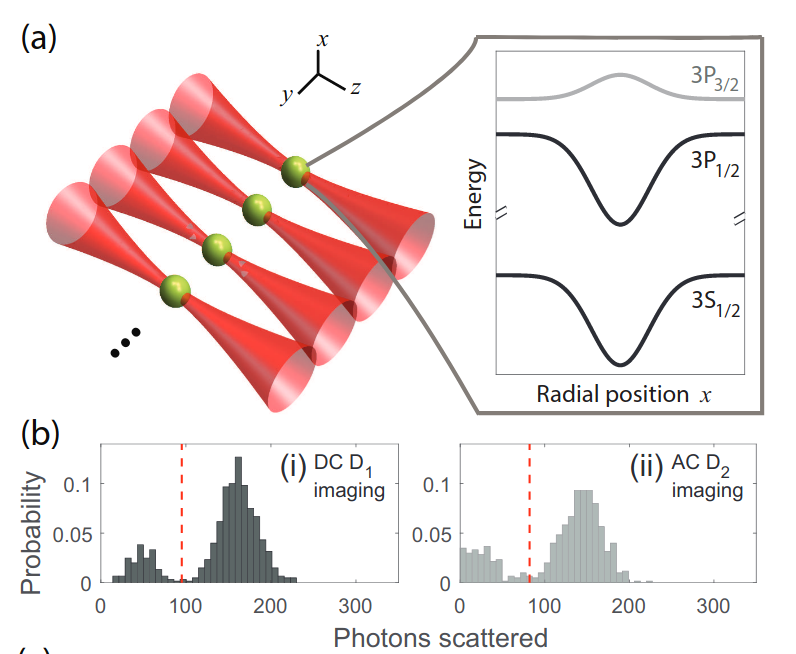
How to get this
Dynamical structure factor
from this
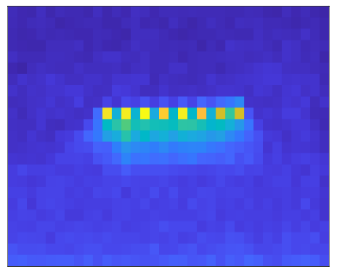
Rydberg
array
Our paper
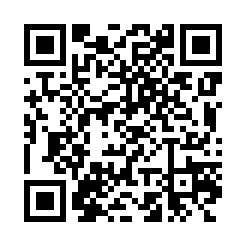
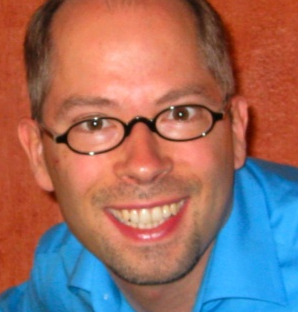

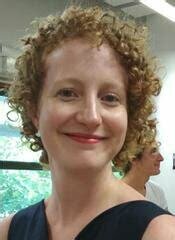
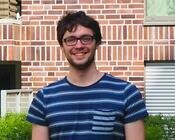
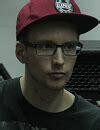
Laura Baez:
DSF is key for quantum magnetism
Quantum simulators for quantum magnetism need to evaluate DSF!
How will it look for Rydberg atoms?

M. Goihl, J. Haferkamp, J. Bermejo-Vega, J. Eisert
What is DSF?

Frequency
Momentum
Excitation
No excitation
=
energy gap
Two-particle continuum
What is DSF?

Knap, Demler, et al., https://arxiv.org/abs/1307.0006
Probing real-space and time resolved correlation functions with many-body Ramsey interferometry
How to measure DSF?
you can measure this if not 0 by symmetry
you can measure this if not 0 by symmetry
How to measure DSF?
you can measure this if not 0 by symmetry
you can measure this if not 0 by symmetry
Fourier transform in space and time
How to measure DSF?
Fourier transform in space and time
E.g., If want 10% statistical error bar and 60 points (i-j,t) for Fourier transform then with 1 min preparation then it will take about 100 hours to run the experiment
If 1 second preparation then 100 minutes etc.

How well will it work?
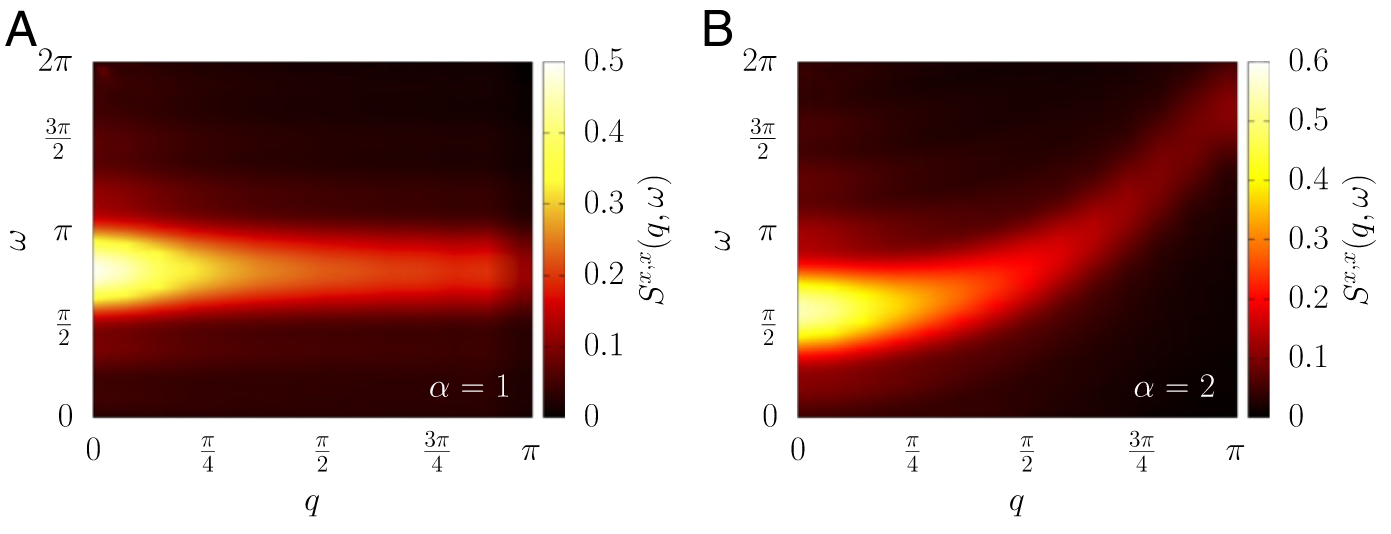
How well will it work?

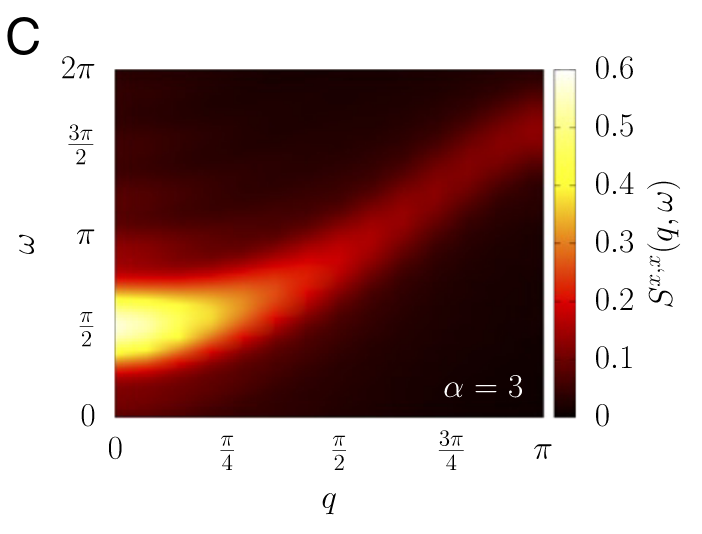
Imperfections:
finite-size effects
finite quench duration
finite Fourier transform

Imprefection if state not the ground-state but finite-time adiabatic preparation
Correlation deviation continuously decreased and so DSF converges (quantitatively) fairly soon
(qualitatively: ok!)


Imprefection if lattice is breathing
Correlation deviation is persistent and so DSF also deviates (quantitatively)
(qualitatively: ok!)

Complexity theory
raison d'être quantum simulation: compute what is hard to compute
it would be nice if the quantum simulated outcomes are useful
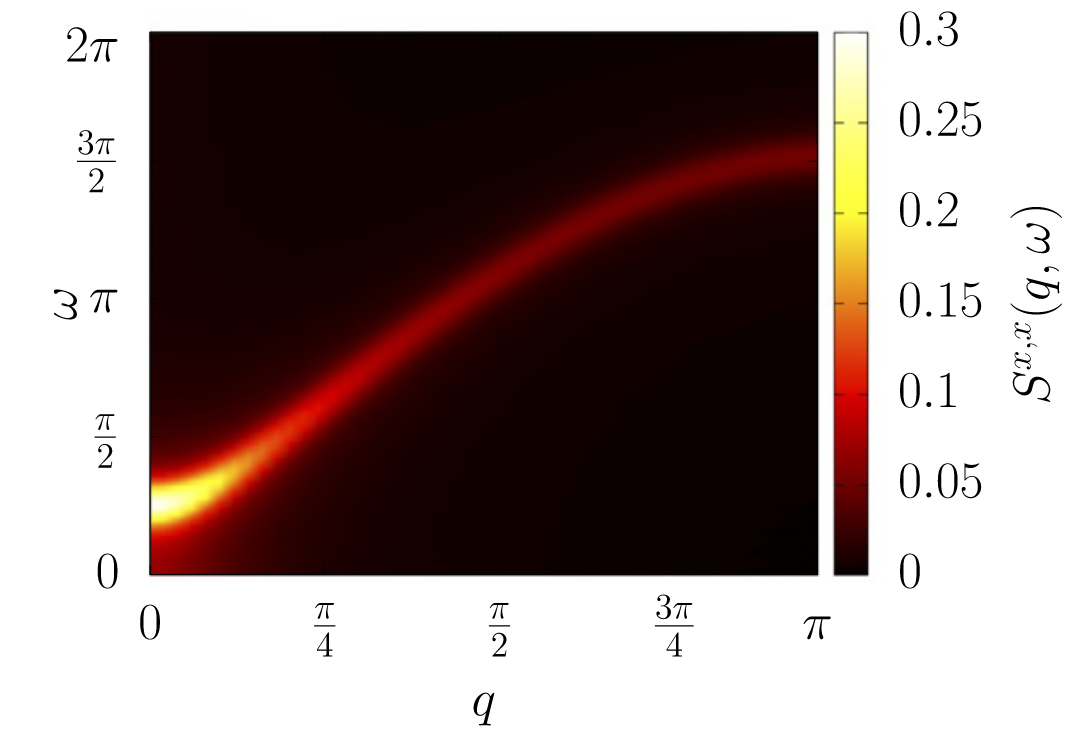

P: Runs easily
BPP: Often runs easily
BQP: Often quantums easily
NP: Optimizes easily


QMA

P: Runs easily
BPP: Often runs easily
BQP: Often quantums easily
NP: Optimizes easily



"hardness( DSF approximation )"
=
"run( quantum computation )"


What else is there?
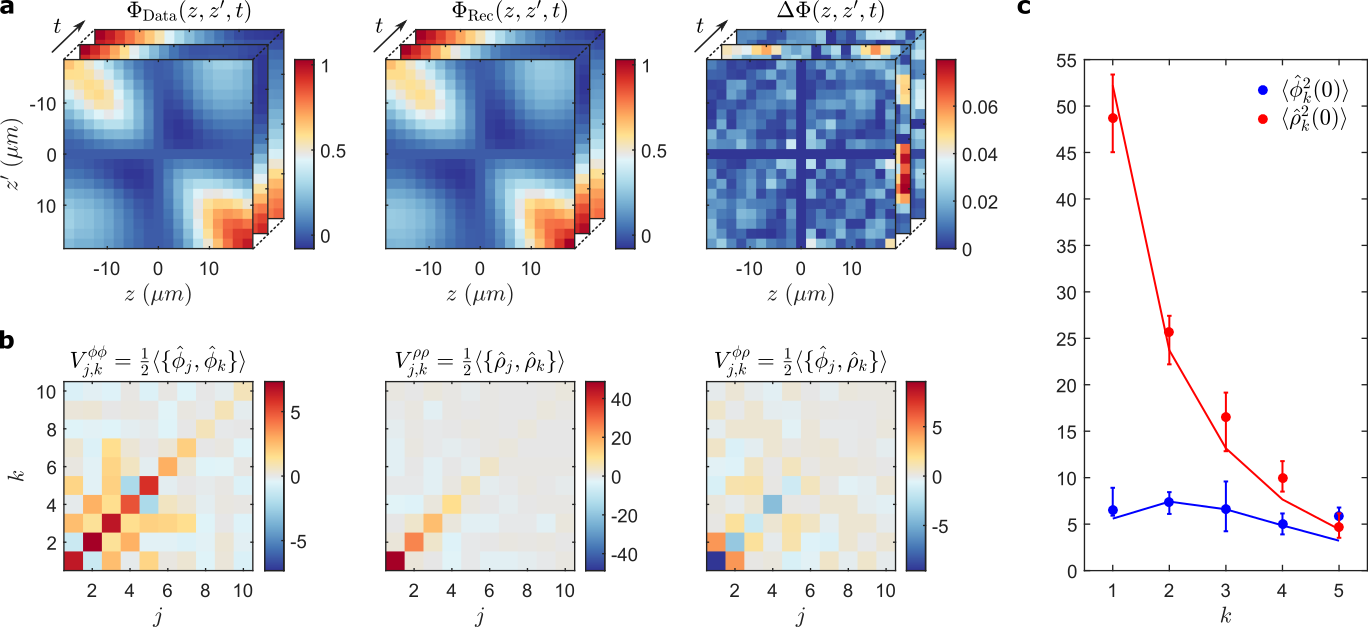
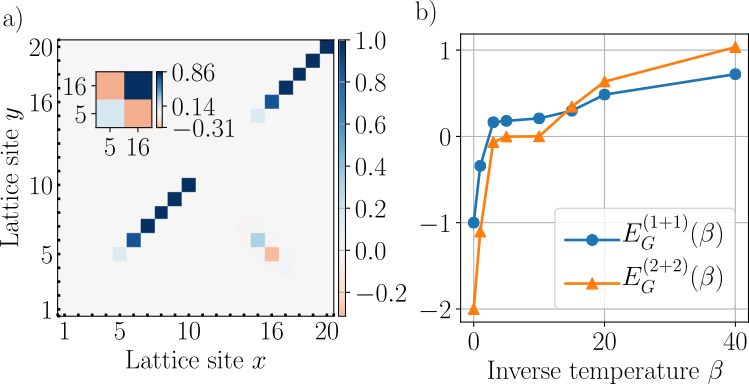
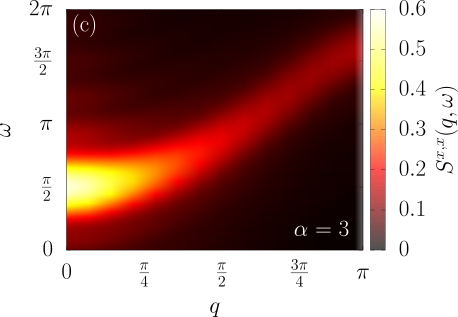
Material science?
0
0
0
0
C
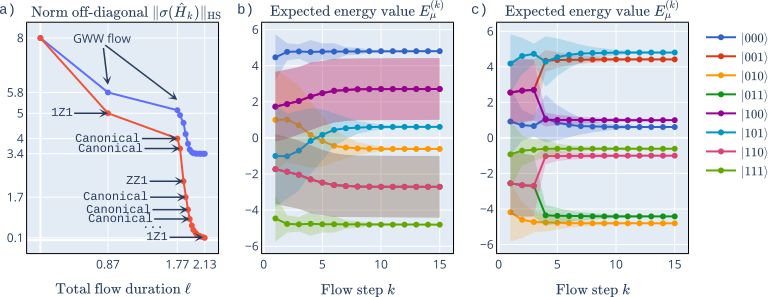

Diagonalization quantum algorithm
DSF of Rydberg arrays
Phonon tomography
Optical lattice tomography
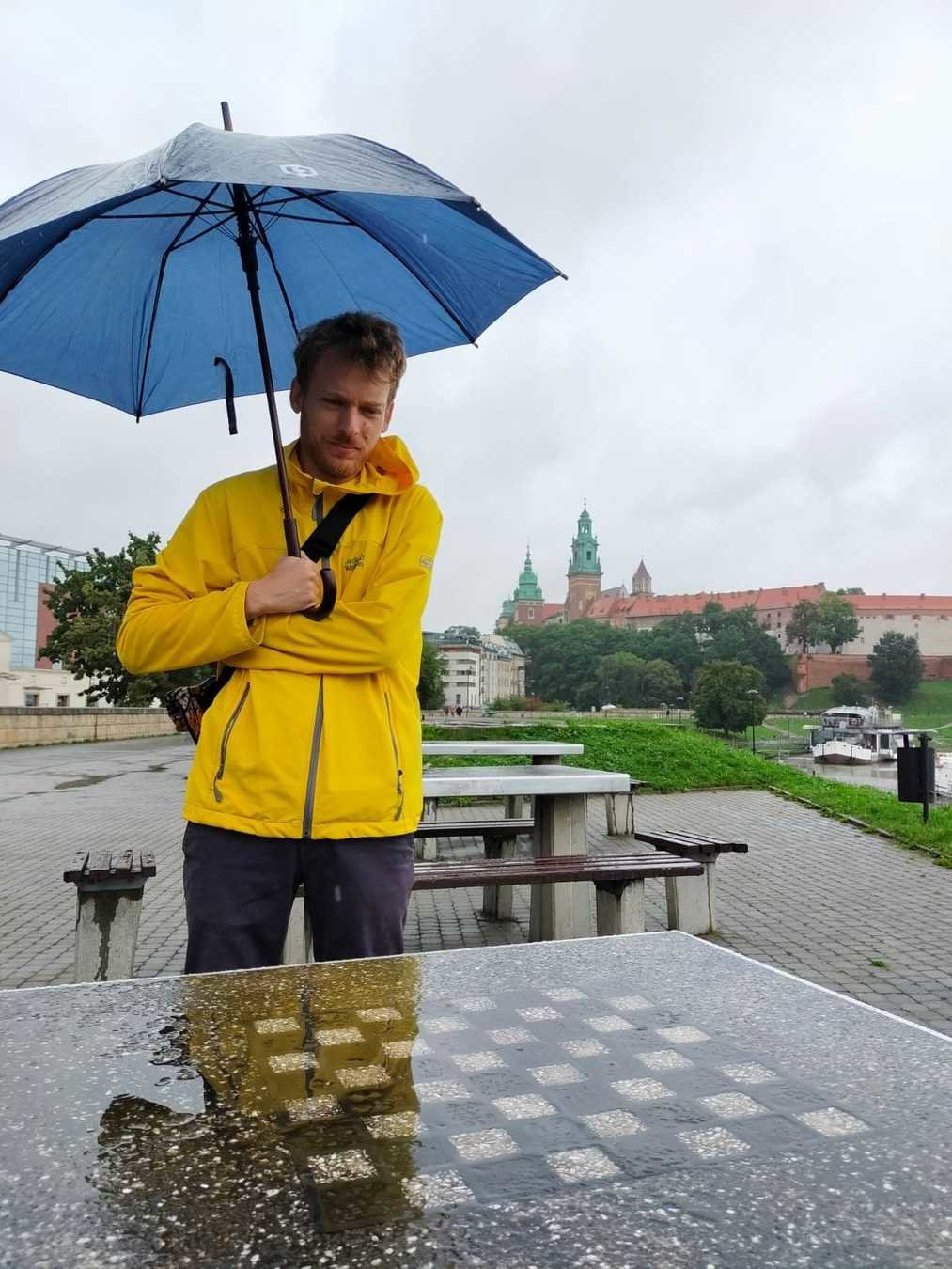
New quantum algorithm for diagonalization
no qubit overheads
no controlled-unitaries
0
0
0
0
C
0
0
0
0
Simple
=
Easy
Doesn't spark joy :(






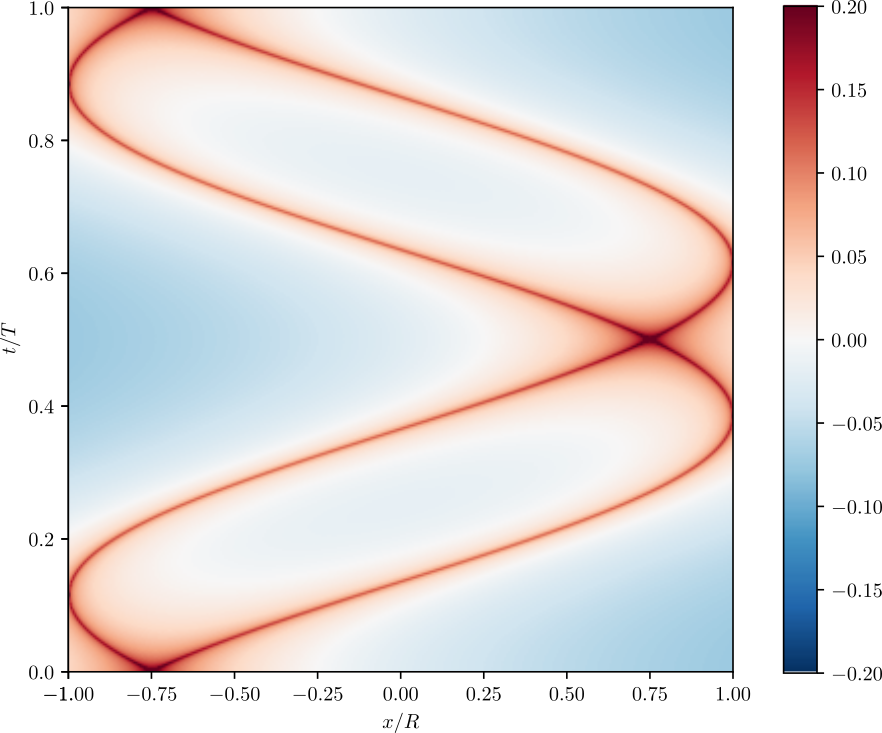
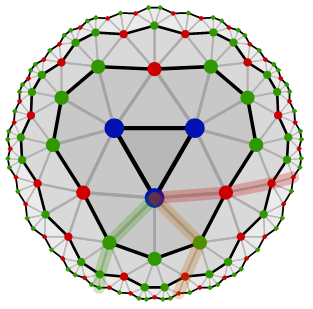
Ask me anytime:
0
0
0
0
C

Fidelity witnesses
Tomography optical lattices
Tomography phonons
Proving statistical mechanics
Quantum simulating DSF
Holography in tensor networks
PEPS contraction average #P-hard
Quantum field machine
MBL l-bits
(click links at slides.com/marekgluza
Dynamical structure factor of Rydberg arrays
By Marek Gluza
Dynamical structure factor of Rydberg arrays
- 640
